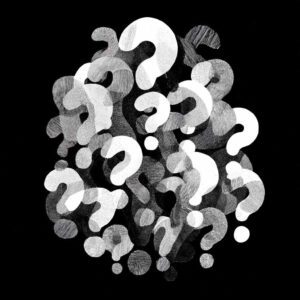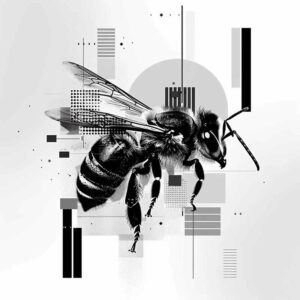The essence of haiku poetry lies in its capacity to evoke deep, emotive responses within its readers, despite its brevity. Its uniqueness can be attributed to the Zen philosophy that underscores it, which prizes simplicity, directness, and the profound realization derived from everyday experiences. This philosophy echoes through the ‘cutting’ (kire) technique in haikus, wherein two contrasting images or ideas are juxtaposed against each other to ignite a spark of insight or sudden enlightenment in the reader.
The power of the haiku also lies in its ability to encourage mindfulness. Each haiku captures a moment in time, inviting the reader to dwell in that moment and perceive the nuances that it holds. It serves as a reminder of the fleeting beauty in the world around us, grounding us in the present.
Over time, the haiku has evolved and adapted, crossing cultural boundaries and linguistic barriers. Its form may have changed, but its essence remains the same. It is a form of poetry that beautifully encapsulates the human condition, our relationship with nature, and the passage of time. The haiku remains a cherished and respected form of artistic expression, a testament to the enduring power of poetry to encapsulate complex ideas and emotions in a few, simple words.
AI and the Haiku Construct. Computational Creativity Meets Traditional Poetry
Artificial Intelligence has made significant strides in creative output, demonstrating an ability to mimic human-like text generation. When tasked with writing a haiku, AI would follow a specific set of programmed instructions designed to emulate the structure and content of this traditional form of Japanese poetry.
A Language Model such as GPT4 by OpenAI would construct a haiku by utilizing a vast dataset of text that it has been trained on. It analyzes this data to understand the statistical patterns of word use, including the rules and formats associated with writing haikus. Given the command to write a haiku, the AI model generates a response based on its understanding of how haikus are generally structured (5-7-5 syllables) and the common themes present in them (nature, seasonality, juxtaposition of images).
Human Creativity Versus AI Computation
The human thought process in creating a haiku, on the other hand, is more nuanced. Humans bring personal experiences, emotions, and a unique perspective on the world to the writing process. Each word and phrase is chosen not just for its syllabic count but for the emotional resonance and imagery it evokes. There is an inherent mindfulness and emotional depth to this process, resulting in poems that capture fleeting moments of beauty, insight, or sorrow.
While an AI model might master the structural requirements of a haiku and reproduce similar themes, it lacks the personal human experience and emotional understanding that often breathes life into these short poems. AI can analyze patterns and reproduce them, but it cannot truly experience a moment of beauty in nature or a poignant emotional revelation.
Can AI Write a Good Haiku?
In terms of structure and thematic similarity, AI can generate haikus that are indistinguishable from those written by humans. But it cannot experience the world, emotions, or the passing of seasons. It does not have personal memories to draw from. It doesn’t have personal sentiments. Its creations are reflections of the data it has been trained on. Try this AI powered haiku generator and see for yourself:
AI Haiku Generator
It’s worth noting that AI-generated haikus can be meaningful to the reader. Just like abstract art, the significance is often in the eye (or in this case, the mind) of the beholder. A reader can impart their own emotions and experiences onto an AI-generated haiku, deriving personal meaning and emotional connection from it.
While the processes differ significantly, both humans and AI can create haikus that follow traditional structures and themes. The human poet draws from personal experience and emotional depth, while the AI model draws from vast datasets and algorithms. And though AI might not experience the world as we do, its ability to mimic the structural and thematic elements of haikus demonstrates a fascinating intersection of technology and art—a testament to the extraordinary capabilities of modern artificial intelligence.









